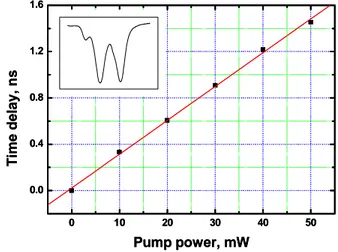Simple technique to achieve fast light in gain regime using Brillouin scattering
Texto completo
Figure
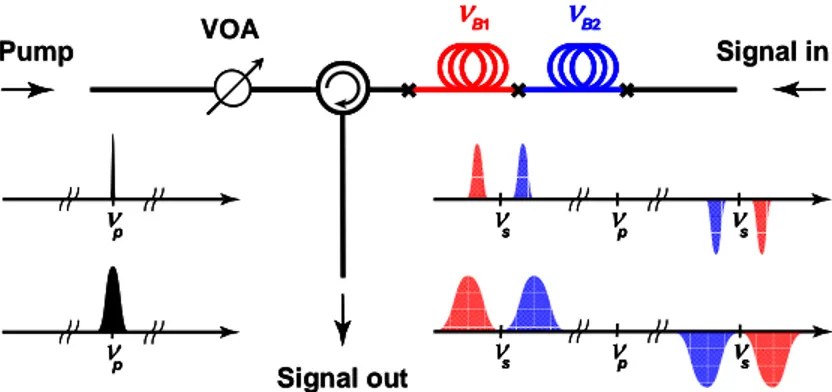
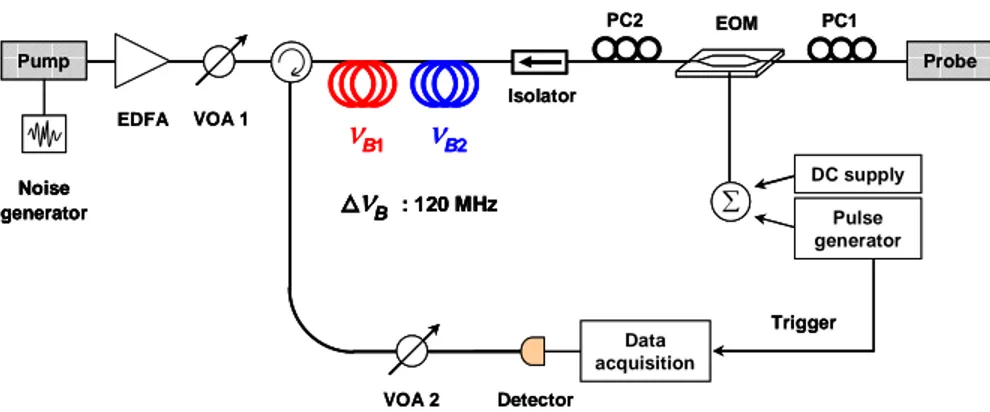
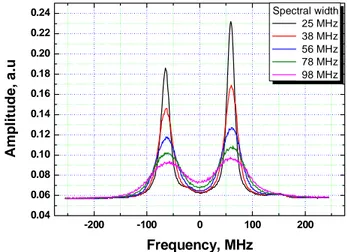
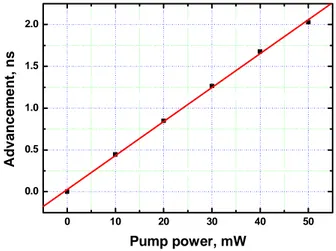
Documento similar
To shed light on the physical foundations of the behaviour revealed by our analyses (i.e. a two-phase formation process with different implications for diffuse or shocked
III we show that the magneto-optical contribution in the dressed polarizability (driving the magneto-optical dipole) can be enhanced through the interaction with a flat surface,
Initiation should be fast and need to occur in the early stages of polymerization so that the propagation chains consume monomers simultaneously leading to polymers with similar
In the edition where the SPOC materials were available, we have observed a correlation between the students’ final marks and their percentage rate of
By using theoretical methods and Monte Carlo simulations, this work investigates dense ordered packings and equilibrium phase behavior (from the low-density isotropic fluid regime
The results obtained using the new technique are validated by comparing them with those obtained using a finite-element technique, and with a standard IE implementation using
The setup used is formed by a dual arbitrary generator to generate two signals with the same amplitude and frequency and 180° phase shift (achieving a differential signal), the
This new experiment consists in changing the second term of equation (6.1), the chirp, for other kinds of functions, so the phase of the pulse will be dif- ferent. Therefore the
